(Saint Benin d'Azy 1850 – Nevers 1925
The Bohemians
Oil on panel
H. 37 cm; W. 23 cm
Monogrammed lower left “PLM”
Circa 1886
Provenance: Private collection, Bordeaux
Related work: Final work, 141 x 97 cm, auctioned in Bordeaux in the winter of 2024/25.
Paul Louis Martin des Amoignes (1850–1925) remains a leading figure in French regional painting at the crossroads of the 19th and 20th centuries. Born in Saint-Benin-d'Azy, in the Nièvre region, he belongs to that generation of craftsmen turned artists, whose career was shaped by hard work, local support and a tenacious will. Initially trained as a car painter, he gradually turned away from craftsmanship to devote himself to art painting. His entry into the world of fine arts was made possible thanks to the kindness of the painter Hector Hanoteau, who welcomed him into his Parisian studio, as well as the support of the architect Bouveault de Monteignier. It was Hanoteau who gave him the artist name “des Amoignes,” in reference to a region of Nièvre, in order to forge his own identity in an already abundant artistic milieu. His work is deeply rooted in the Morvan region: landscapes, scenes of rural life, and church interiors compose a sensitive production faithful to the naturalist spirit. Close in his approach to painters such as Jules Bastien-Lepage, Martin des Amoignes strives to restore with precision and emotion the daily life of a changing peasant world. From 1881, he exhibited regularly at the Salon des Artistes Français, where he was distinguished in 1898 for his painting “La saison des blés.” This recognition, confirmed in 1900 by his elevation to the rank of officer of the academy, placed his work in the artistic landscape of his time. He and his wife Elisabeth Wedekind, a flower painter, formed a couple of artists involved in the cultural life of the Nivernais region, notably within the Nivernais Artistic Emulation Group. From 1903, he settled in Nevers, where he continued his work while actively participating in the local art scene. His art, which was distributed abroad, captivated by its accuracy of tone and depth of observation. The Nevers Museum now houses several of his emblematic paintings, reflections of an attentive eye for the memory of places and everyday gestures. This painting by Martin des Amoignes, created around 1886, is fully in line with the naturalist movement of the late 19th century. It depicts a woman pulling a caravan along a path, in which there are children. A dog on a leash accompanies this poor convoy. The work is striking for its frontal and tight composition, where the human figure, slightly down, imposes itself on the viewer in a central vertical axis, framed by the dark structure of the caravan. This framing creates tension between the roughness of the gesture and the monumentality of the subject, while highlighting an iconography of marginality - a theme then in vogue in social painting. The pictorial treatment, with a quick and impasto brush, evokes a rough, almost raw realism, reminiscent of the research of the painters of the Barbizon school and Jules Bastien-Lepage. The chromatic choice, dominated by earthy tones and bleached ochres, helps to restore the aridity of the ground and the ambient dust, while the deliberately neutral sky reinforces the effect of the figure's isolation. The attention paid to the gestures and materiality of the garment, combined with the background reduced to a faded horizon line, focuses the gaze on the labor of the body and the precarious condition of the woman depicted. One can read there an almost ethnographic desire to document a peripheral daily life, that of nomads, marginalized people or peasants in transit. Finally, the monogram “PLM” at the bottom left makes the link with the final painting by Martin des Amoignes, whose sketch testifies to the commitment to field painting, attentive to the social realities of his time.


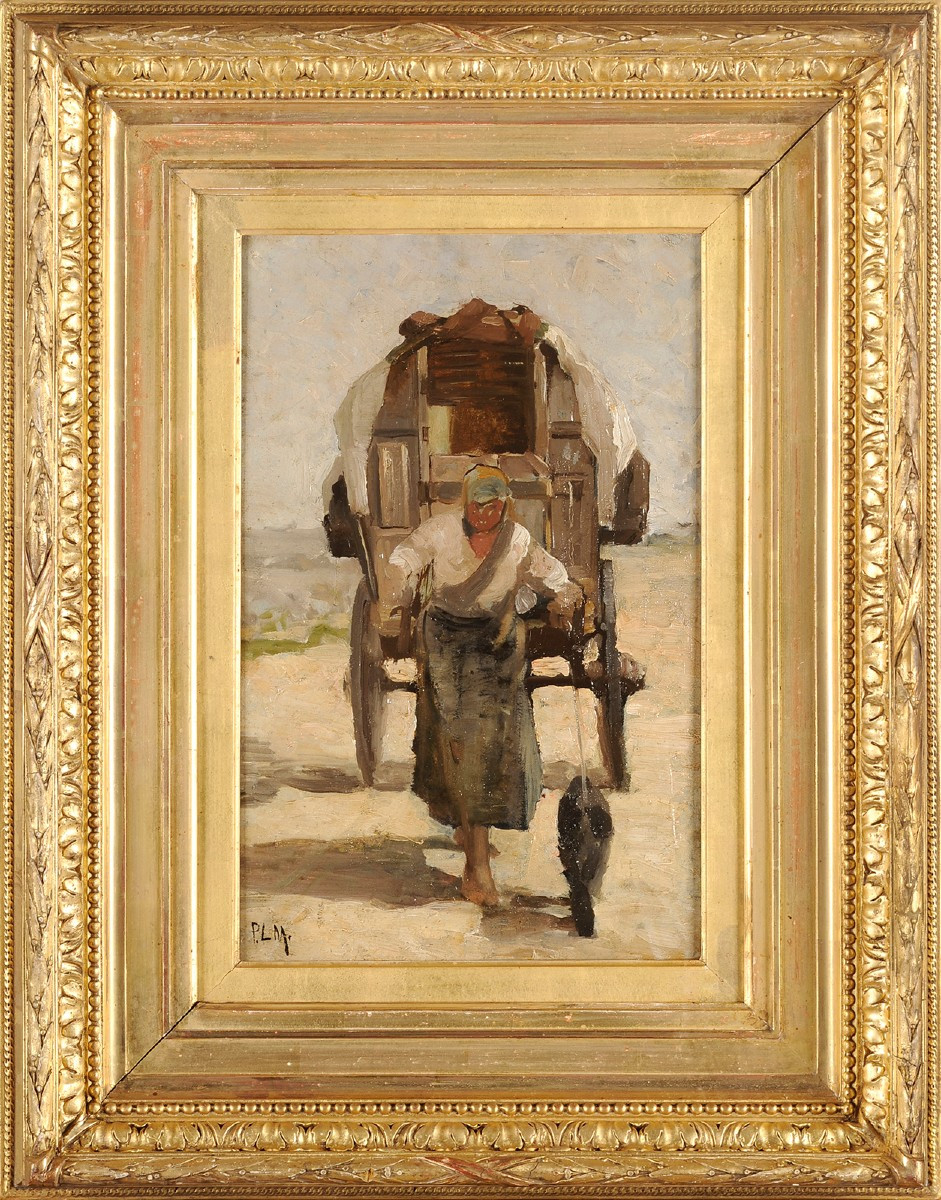













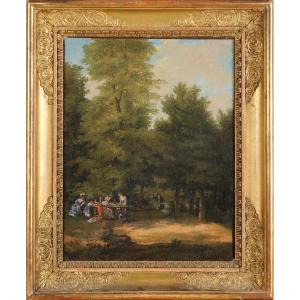







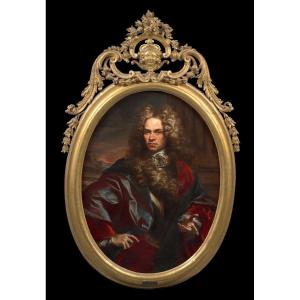


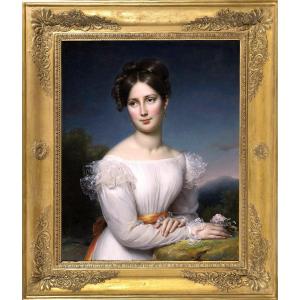

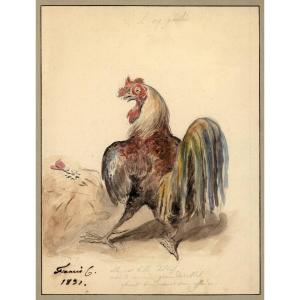

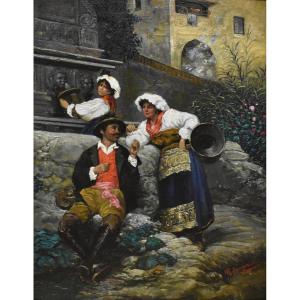






 Le Magazine de PROANTIC
Le Magazine de PROANTIC TRÉSORS Magazine
TRÉSORS Magazine Rivista Artiquariato
Rivista Artiquariato